Motorcycle Sales Figures in Australia
January 1 through September 30, 2022
FCAI Motorcycle Sales Figures
- YTD Total Sales 2022 First ¾ – 70,382
(2021 first 3/4 was 86,329 ) Down 18.4 per cent - YTD Total Road Sales 2022 First ¾ – 26,245
(2021 first 3/4 was 26,119 ) Up 0.5 per cent - YTD Total Off-Road Sales 2022 First ¾ – 28,923
(2021 first 3/4 was 35,120) Down 17.6 per cent - YTD Total Scooter Sales 2022 First ¾ – 4049
(2021 first 3/4 was 3410 ) Up 18.7 per cent - YTD Total OHV/ATV/SSV Sales First ¾ – 11,165
(2021 first 3/4 was 21,590) Down 48.3 per cent
A total of 70,382 motorcycles and OHVs were sold between January and September 2022 according to the FCAI.
This represents a decrease of 18.4 per cent compared to the same nine-month period in 2021.
All the Japanese brands are down markedly compared to the same period last year, however, there are still supply chain issues across the board, along with freight problems. Both 2020 and 2021 were very good years for sales, thus a contraction was always likely.
Including sales across all sectors, Honda remain #1 ahead of Yamaha and Kawasaki. KTM is Australia’s fourth biggest selling brand ahead of Polaris, Harley-Davidson, Husqvarna and then Suzuki.
Between them, Honda and Yamaha sold around 30,000 of the 70,382 units retailed in the first nine months of 2022.
Many brands are not included in the FCAI audit (see further explanatory notes bottom of page), and MCNews.com.au believes the real figure would likely exceed 85,000 units if those other brands were included.
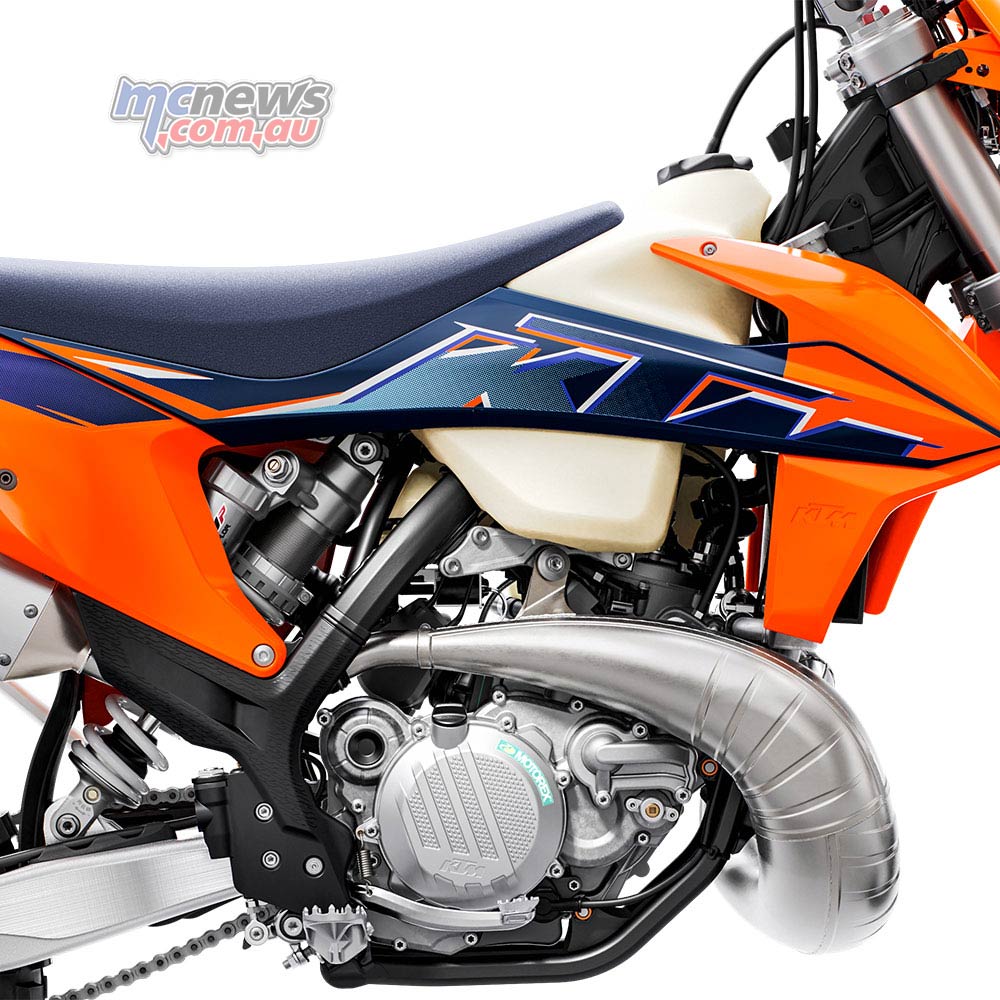
Off-road motorcycles accounted for 41.09 per cent of overall sales, equating to 28,923 units sold. This is a decrease of 17.6 per cent on 2021 figures. Honda has the biggest share of the off-road market ahead of Yamaha and KTM.
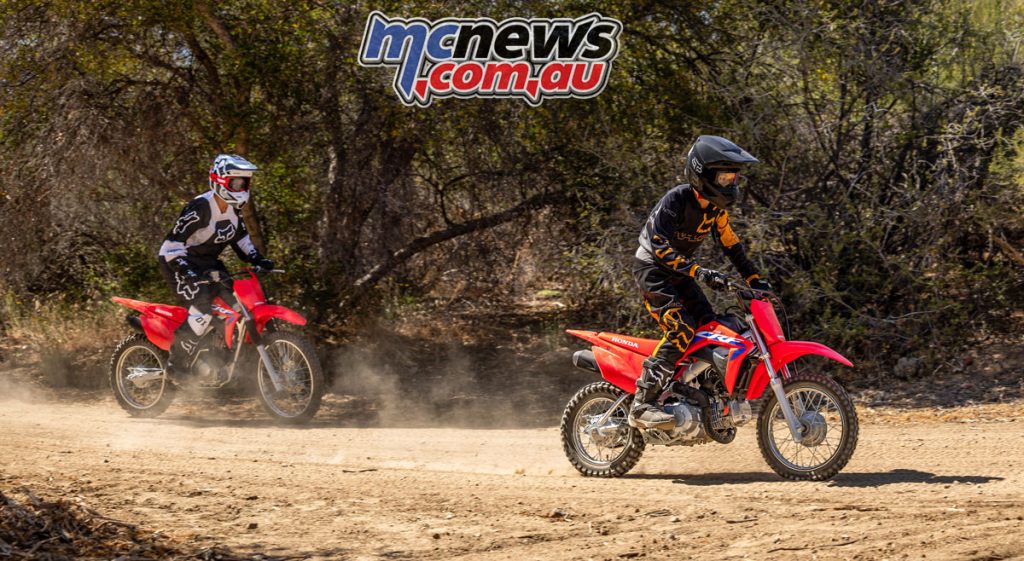
Road motorcycles were the next most popular segment, recording 37.29 per cent of sales with 26,245 units sold. This represents an increase of 0.5 per cent on 2021 figures. Honda lead the way for road bike sales ahead of Yamaha and Harley-Davidson, but Kawasaki’s Ninja 400 was the biggest selling individual model.
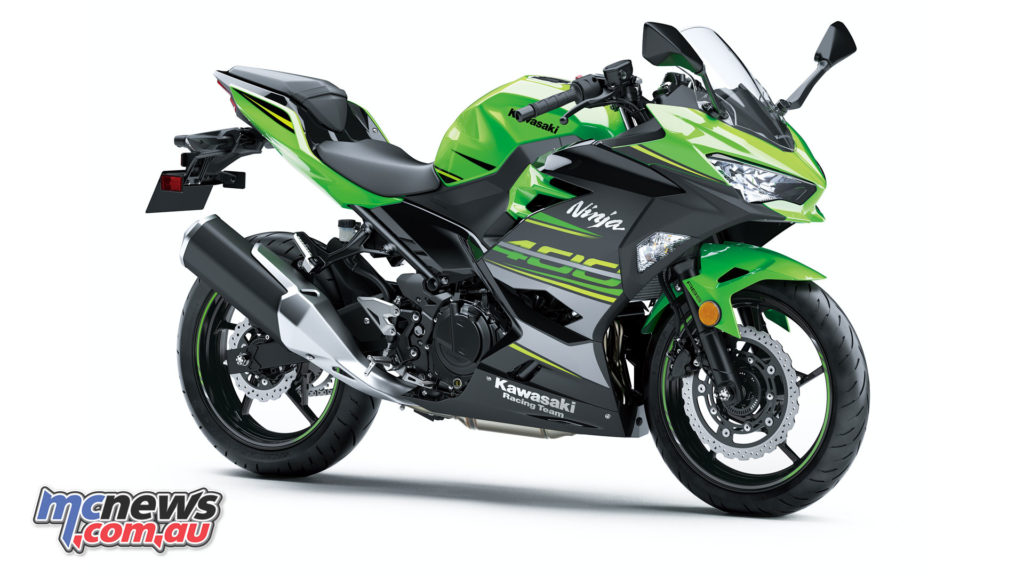
The OHV segment of the market decreased by 48.3 per cent. This amounts to a total of 11,165 units sold representing 15.86 per cent of the overall market. This decrease is due largely to Government policy mandating the fitment of operator protection devices (OPDs), which has led many manufacturers to cease supply of agricultural allterrain vehicles (ATVs) to the Australian market. Polaris leads Yamaha in this sector on the FCAI data.
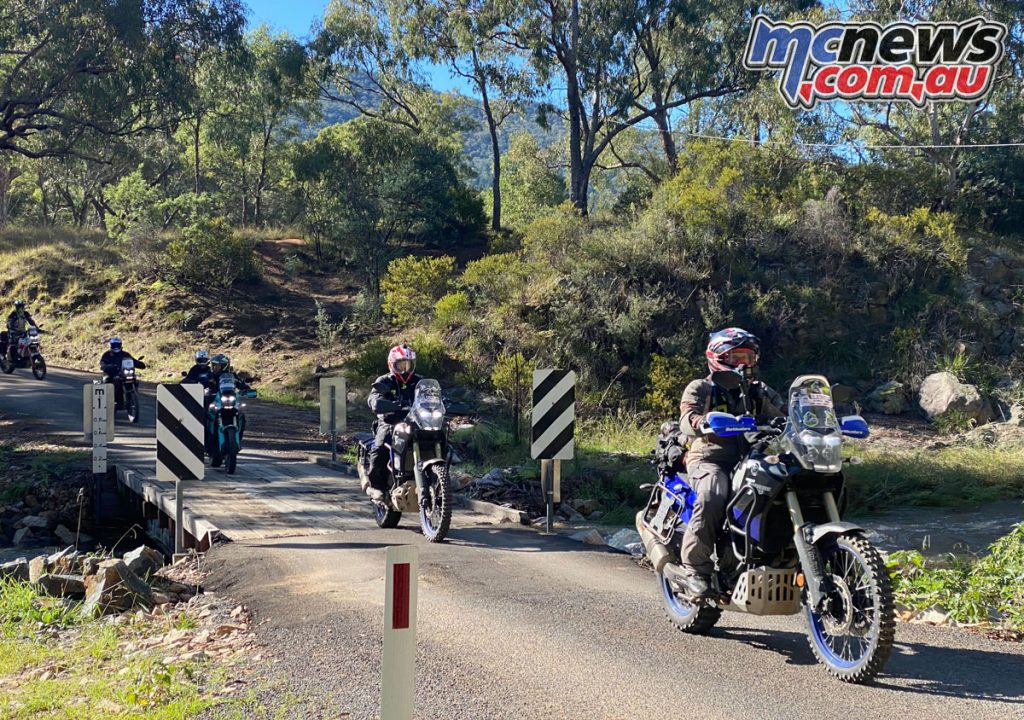
Scooters made up the smallest portion of the market with 4,049 new units sold equating to 5.75 per cent of total sales. However, this figure is an increase of 18.7 per cent on 2021 figures. Honda is by far the leading scooter supplier included in the FCAI figures.
This is not the full picture
Unfortunately these are the only figures we now receive from the official sales audit. Historically we would be able to see brand by brand and model by model performances, but the FCAI aligned brands now hold their cards close to their chest and refuse to release detailed data which is why of late you have not seen the regular detailed motorcycle sales figures analysis by model segment and model that we generally brought to you each quarter on MCNews.com.au. New Zealand have a transparent mechanism with public reporting of registration data on a monthly basis but here it has all gone a bit secret squirrel.
It should be noted that some brands are not represented in the official audit figures in relation to motorcycle sales. Their reticence to release their figures to the audit body and be part of the FCAI seems to be the catalyst for the FCAI brands now releasing only very limited data, seemingly to not reveal any market intelligence to the brands not aligned with the FCAI.
Brands under the Urban Moto Imports group such as Royal Enfield, Benelli, MV Agusta, Segway and Rieju are not included in the FCAI audit.

Likewise, the likes of CFMOTO, Kymco, Sherco and Landboss that come under the stewardship of Mojo Motorcycles, are not included in the sales figures as these companies are not members of the Federal Chamber of Automotive Industries.
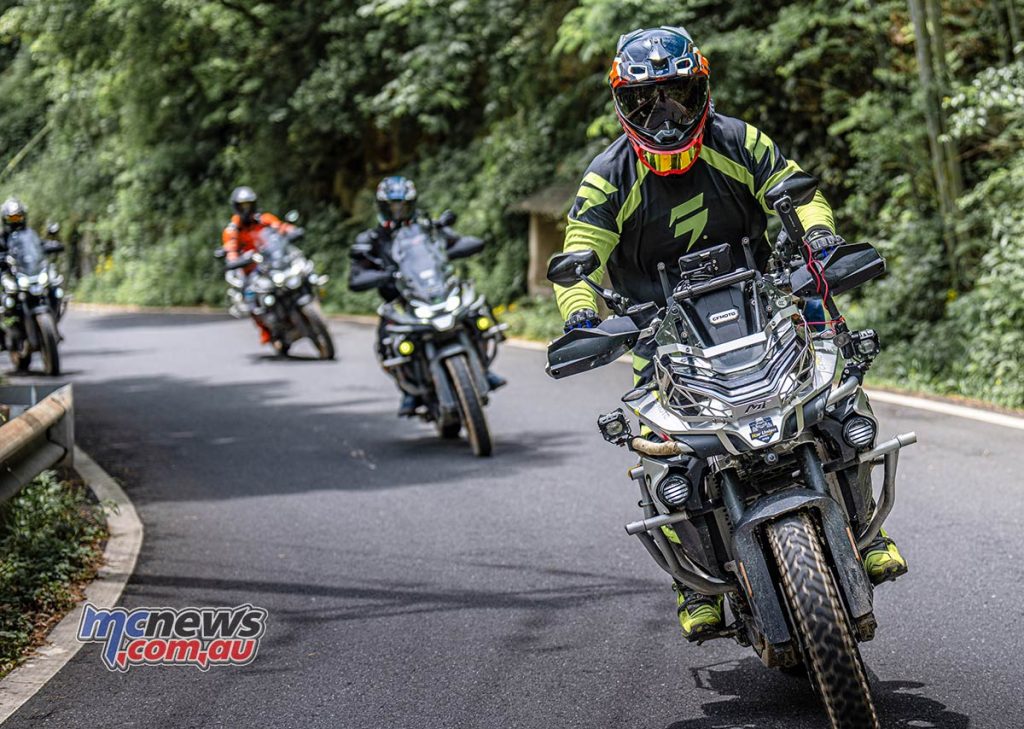
With the quoted 70,382 total sales in the Australian market not including sales from those brands the real figure is quite likely in excess of 85,000.























